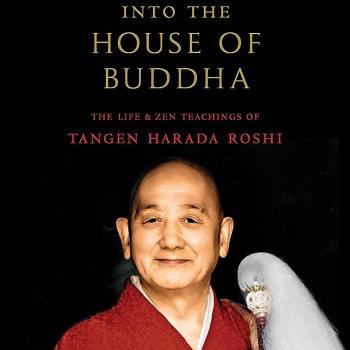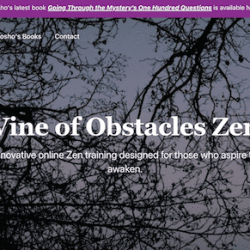The intimate verification of “no eyes, no ears, no road” is essential or Zen is just another belief system. However, if you think that even vividly-hopping-along verification will solve all your personal problems and psychological issues, you are likely to be surprised. This is a passive/victimy view of dharma and oh-my-buddha is this an issue in Soto Zen or what?!
Anyway, after “glimpsing the ox” all hell often breaks loose – and it is a repetitive process as in life for non-practitioners as well. After a while the old structures, in and out, seem to fall apart and it is from the ashes of hell (i.e., dropping body and mind, being turned by the dharma wheel), that the practitioner picks up body and mind in vow and turns the dharma wheel. This is where the rubber meets the reconstructive road and we must take the risks involved in living a creative life.
I find encouragement and specific instructions for such in the Soto tradition. Others find it in psychotherapy, the arts, a profession – or just living a life with a whole kit and caboodle of responsibilities – and balance the deconstructive aspect of the Zen road, supplemented by elements from our modern world. And why not?
The reconstructive road is not a return to self-centered living. That would deny what is realized in deconstruction. Dogen, echoing this week’s theme in the Genjokoan work, puts it this way:
“…Make the five faculties sharp and clear. To be sharp and clear means that once we hear that we should discard fame and profit and should discard self-centeredness, we immediately discard them.”











